
Quartz sand mineral extraction is a highly difficult separation technology to remove a small or trace amount of impurities in quartz sand to obtain refined quartz sand or high-purity quartz sand. High-purity and ultra-high-purity quartz sand produced through mineral processing and purification have been widely used in high-tech fields such as aerospace, atomic energy technology, and military industry. Below, we will introduce several methods of quartz sand beneficiation and purification.
The grade of SiO2 in quartz sand decreases with the finer particle size of quartz sand. The grades of impurity minerals such as iron and aluminum are just the opposite. This phenomenon is especially evident in quartz sand containing a large amount of clay minerals. As a pretreatment method before ore dressing, water washing, classifying and desliming can effectively remove muddy impurities. Therefore, it is very necessary to carry out water separation and classified desliming of quartz sand raw ore before beneficiation.
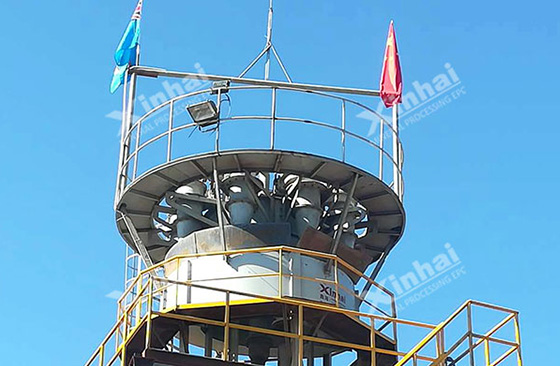
Scrubbing is to remove the thin film iron, bonded and muddy impurity minerals on the surface of the quartz sand by means of mechanical force and the abrasive force between the sand particles, and further grind the unformed mineral aggregates, and then achieve further purification of the quartz sand through classification operations. Effect.
At present, there are mainly two methods of scrubbing: rod scrubbing and mechanical scrubbing. Rod scrubbing on the one hand strengthens the scrubbing effect, on the other hand, due to the existence of an appropriate amount of steel rods, the particle size composition of the original sand can be changed, which provides a mineralogical basis for the further separation of quartz sand. For mechanical scrubbing, the factors that affect the scrubbing effect mainly come from the structural characteristics and configuration of the scrubbing machine, followed by process factors, including scrubbing time and scrubbing concentration.
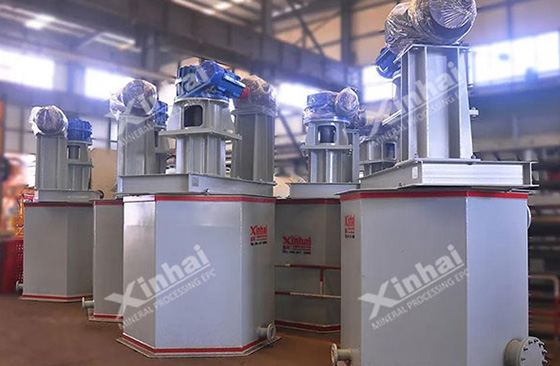
Generally speaking, the common impurity minerals in quartz sand, such as weak magnetic minerals such as limonite, hematite and biotite and strong magnetic minerals such as magnetite, can only be removed by magnetic separation. Strong magnetic separation usually adopts wet strong magnetic separator or high gradient magnetic separator. Generally speaking, for quartz sand mainly composed of limonite, hematite, biotite and other weak magnetic impurity minerals, wet strong magnetic machine can be used to select. For strong magnetic minerals containing impurities mainly magnetite, it is better to use a weak magnetic machine or a medium magnetic machine for separation.
In addition, due to the high content of iron-containing impurity minerals in the fine-grained quartz sand, the finer the particle size of the quartz sand, the better the iron removal effect.
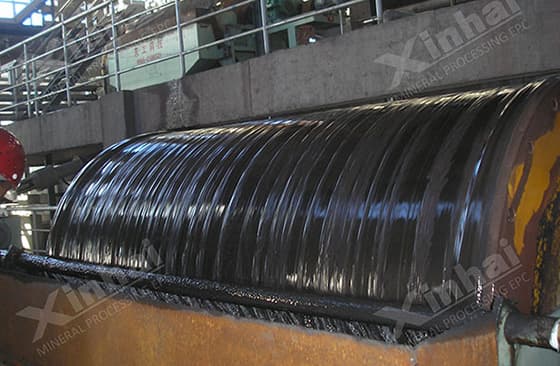
When the original quartz sand contains many impurity minerals, the quartz sand cannot be purified into high-purity sand only by scrubbing, desliming and magnetic separation. In order to further improve the purity of the quartz sand, flotation is usually used.
The flotation method is used to remove non-magnetic associated impurity minerals such as feldspar and mica in the quartz sand. The isoelectric points of mica and quartz are similar, so sorting is difficult. Using anion collectors under acidic conditions, or anion-cation collectors under alkaline conditions, two methods of flotation can achieve good results. Generally speaking, after scrubbing, desliming, magnetic separation and flotation, the purity of quartz sand can basically meet the needs of industrial sand.
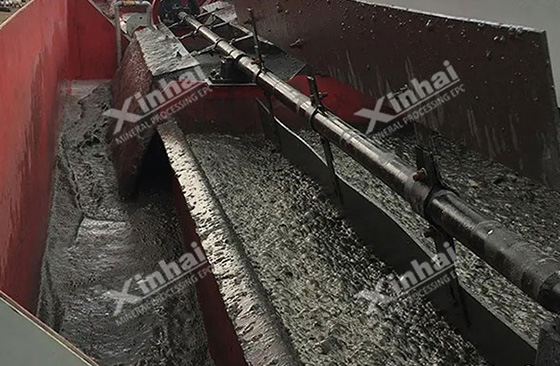
Acid leaching is to use the characteristics that quartz is insoluble in acid and other impurity minerals can be dissolved by acid solution, so that the further purification of quartz sand can be realized. Commonly used acids for pickling are sulfuric acid, hydrochloric acid, nitric acid and hydrofluoric acid. Reducing agents include sulfurous acid and its salts. In addition to the concentration of acid, the amount of acid, acid leaching time, temperature and slurry stirring can all affect the effect of quartz acid leaching. The control of various factors of acid leaching should be based on the requirements of the final grade of quartz, the concentration, temperature and dosage of acid should be reduced as much as possible, and the time of acid leaching should be reduced to achieve quartz purification at a lower beneficiation cost.
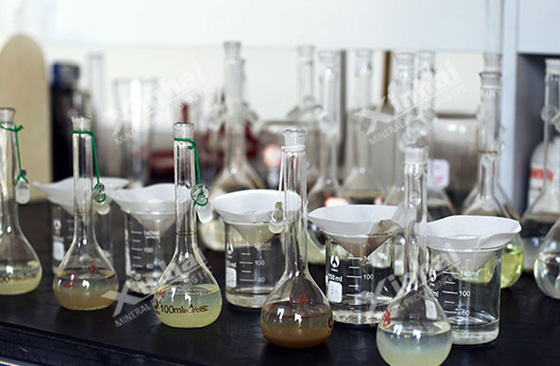
For refined quartz sand for general use, simple purification methods should be chosen as far as possible to reduce costs. Scrubbing, desliming, and magnetic separation methods can meet the quality requirements of fine sand. For high-purity and ultra-high-purity quartz sand used as high-tech sand, it is necessary to further purify the quartz sand by flotation, acid leaching and other methods.
The choice of quartz sand beneficiation and purification method generally depends on the occurrence state of impurity minerals in the raw sand, the beneficiation cost of the purification process and the industrial use of the concentrated sand products. It is recommended to choose a beneficiation manufacturer with mineral processing qualifications to conduct a beneficiation test first, and select a suitable quartz sand mineral extraction process method according to the ore properties and investment budget and other factors.
To find out more about our products and solutions, please fill out the form below and one of our experts will get back to you shortly.